Your phone's security just got a lot more complicated. While device manufacturers have been racing to encrypt everything from your photos to your deleted messages, U.S. Customs and Border Protection has been quietly building an arsenal of tools to dig deeper into seized devices. But here's the thing: the agency isn't just looking for what's on the surface anymore—they're hunting for data you didn't even know existed.
The scope of CBP's digital dragnet is staggering. In fiscal year 2019, CBP conducted nearly 41,000 electronic device searches without seeking a warrant. By fiscal year 2021, that number hit 37,450 searches of international travelers' devices. These aren't just quick glances at your home screen—CBP has at least $1.3 million worth of active contracts for sophisticated extraction software from companies like Cellebrite, Grayshift, PenLink, and Magnet Forensics.
What makes hidden data so different?
Traditional phone searches focus on what you can see: texts, photos, call logs, and installed apps. But hidden data extraction goes several layers deeper, targeting information that's deliberately concealed or automatically buried by your device's operating system.
Think of it as the difference between searching your desk drawers versus scanning every fiber of the wood for invisible ink. This includes steganographic data—essentially digital messages hidden inside innocent-looking files. Research shows that criminals increasingly use steganography to hide information in other messages, creating serious challenges for investigators trying to uncover original evidence.
For ordinary users, this means that vacation photo you took could theoretically contain hidden data you never knew about. Studies of steganography apps found seven apps from the Google Play store with between 1,000 to 100,000 downloads each, many using least significant bit embedding techniques. The Bronze Butler malware famously demonstrated how malicious code could be inserted into seemingly harmless JPG images—making any image file a potential hiding spot for data you didn't even know existed.
But it's not just about steganography. Academic research has developed "multi-approaches methods" for automated hidden evidence extraction from audio files, demonstrating clear enhancement in coverage and accuracy, particularly on large MP3 and WAV files. The problem? Manual forensics analysis is complex, time-consuming, and requires significant expertise—exactly what CBP wants to automate.
The tech stack behind CBP's digital investigations
CBP's current toolkit reads like a who's who of digital forensics heavy-hitters. Cellebrite's Universal Forensics Extraction Device allows law enforcement to extract data from mobile devices, including encrypted, password-protected, and deleted data. GrayKey offers "unparalleled device unlocking capabilities and rapid data extraction," while XRY Physical lets examiners sidestep the operating system entirely to dump all system and deleted data.
Recent leaked documents revealed that GrayKey can only retrieve partial data from modern iPhones running iOS 18 or iOS 18.0.1. But here's where it gets concerning for border crossers: when the FBI needed to crack the Trump shooter's phone in July 2024, Cellebrite provided new software that was still in development—and it worked in just 40 minutes.
This rapid-fire extraction capability means what used to take forensic labs weeks can now happen during an extended border detention. If cutting-edge software can unlock a phone in under an hour, the idea of "quick device searches" takes on an entirely new meaning for travelers.
How deep can these searches actually go?
The technical capabilities are genuinely impressive—and concerning. CBP's searches can access any information stored directly on your device, and with reasonable suspicion, officers can conduct "advanced searches" using external equipment to "review, copy, and/or analyze" device contents.
But here's where hidden data extraction becomes part of a much larger surveillance picture. Detection tools like StegSpy achieved an 85% success rate in identifying steganographic content, while Hiderman extracted hidden messages with 100% accuracy from 18 test files.
This capability now operates alongside CBP's Commercial Telemetry Data program, which purchases location data from advertising IDs. Studies show that only four data points are enough to uniquely identify 95% of individuals. The agency spent $3.8 million on Babel Street subscriptions in 2021, with policies allowing query results to be stored for 75 years.
What this means: CBP isn't just extracting hidden data from your phone—they're combining it with years of location tracking, then storing the complete digital profile for decades. Your hidden data becomes part of a comprehensive surveillance file that follows you long after you've cleared customs.
What this means for your next border crossing
The Ninth Circuit's decision in United States v. Cano established that border officials can only conduct warrantless forensic searches when they reasonably suspect devices contain contraband. However, manual searches still require no suspicion at all.
But here's what travelers need to understand: CBP's expanded capabilities mean even a "basic" search can now access far more data than ever before. CBP's latest Privacy Impact Assessment shows the agency now uses facial recognition technology and stores probe images for up to ten hours on agents' devices. Combined with hidden data extraction tools, this represents a comprehensive digital surveillance apparatus that activates the moment you approach the border.
What you can do:
- Power down completely before approaching the border—powered-off devices are harder to access
- Use strong passwords, not PINs or patterns—CBP's tools can crack simple numeric codes
- Consider traveling with a clean device for international trips if you handle sensitive data
- Know your rights—you can refuse to provide passwords for cloud services, but device passwords are currently required
The ACLU and EFF continue filing lawsuits challenging warrantless device searches, arguing that phones contain "massive amounts of information that can paint a detailed picture of our personal lives." But until the legal framework catches up to the technology, CBP's expanded search capabilities remain largely unchecked.
The bottom line? If you're crossing the border with a device, assume everything on it—including data you thought was hidden, deleted, or impossible to access—could be available to CBP. The agency's push for more sophisticated extraction tools means the cat-and-mouse game between device security and law enforcement capabilities is far from over, and right now, the house is winning.





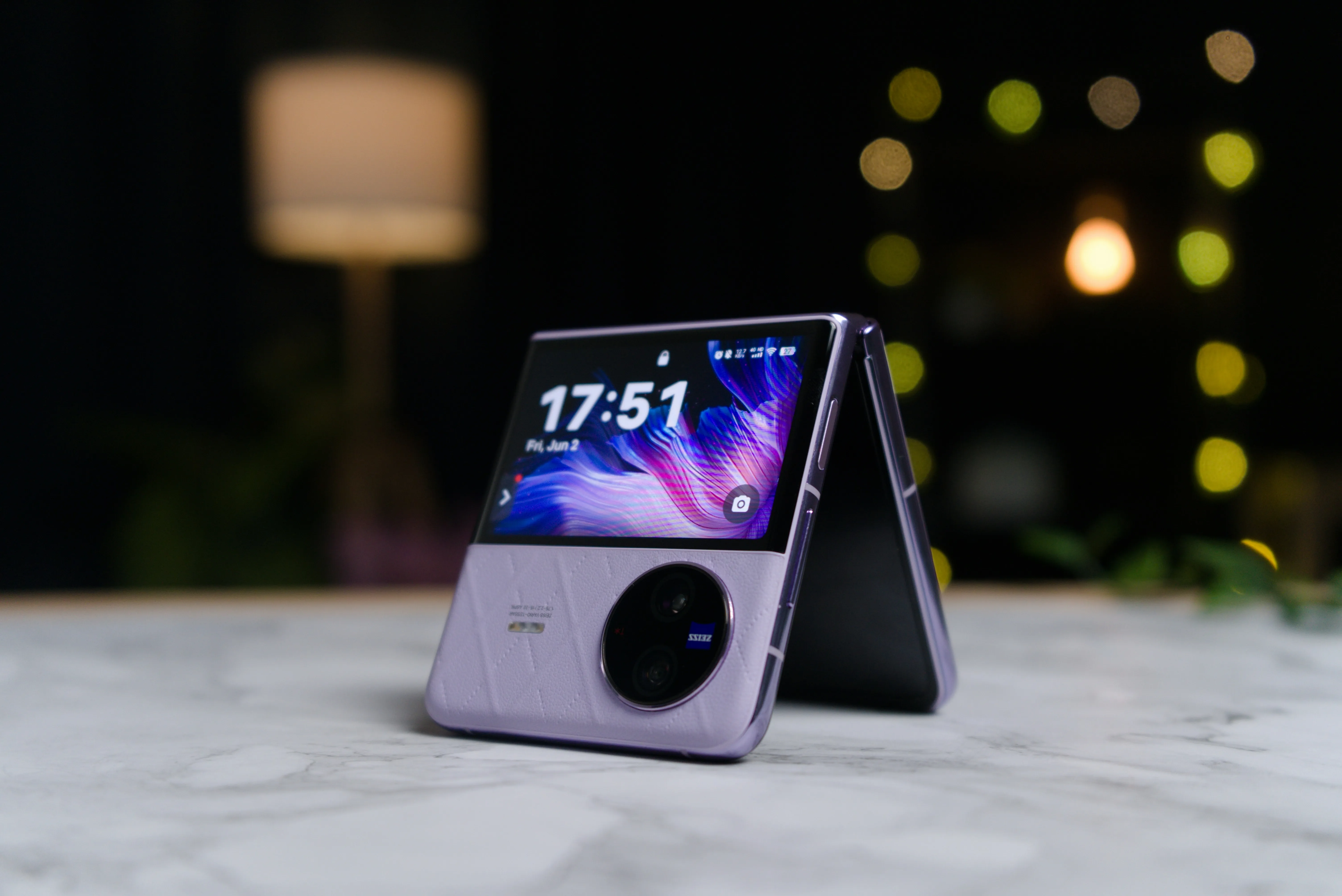
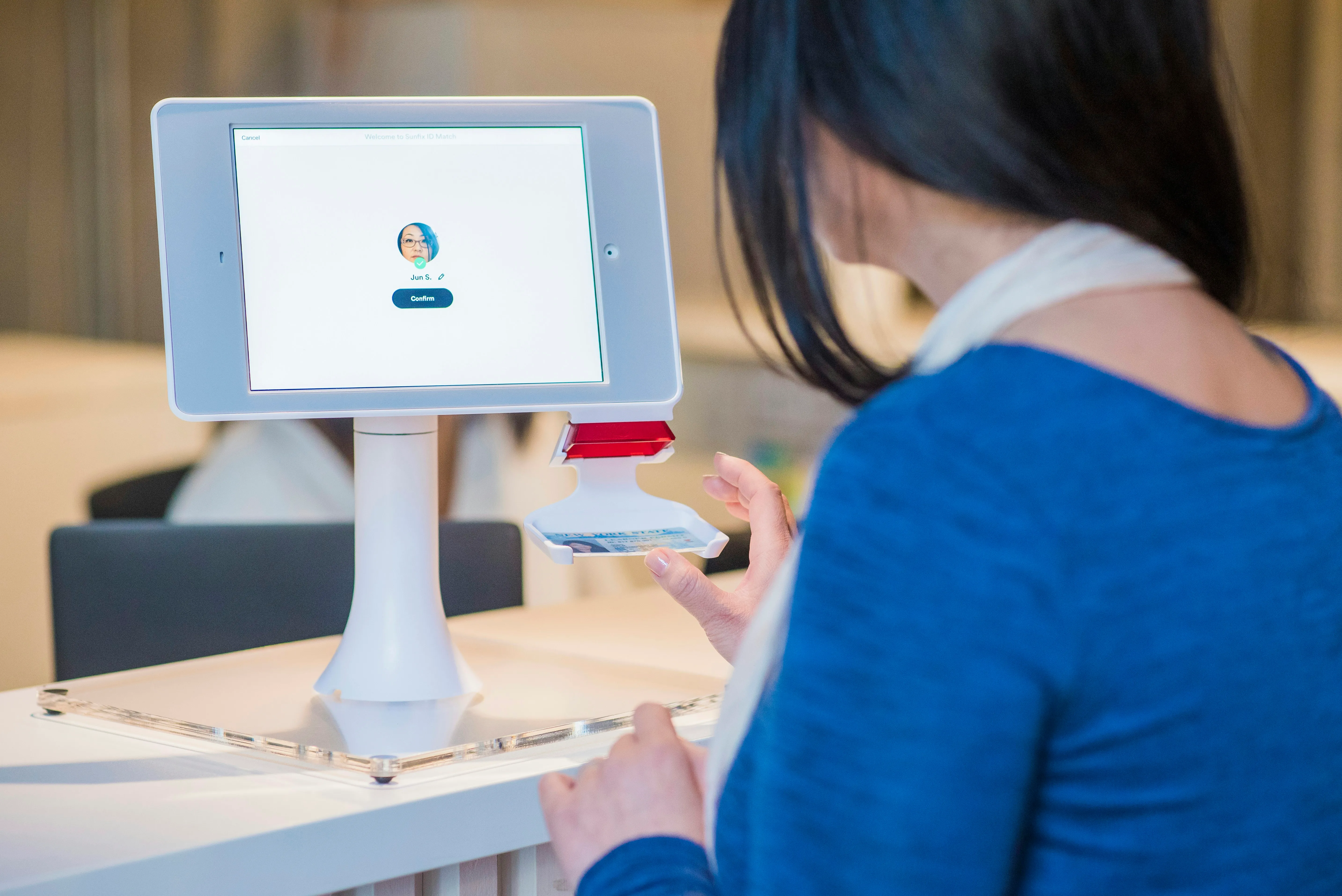
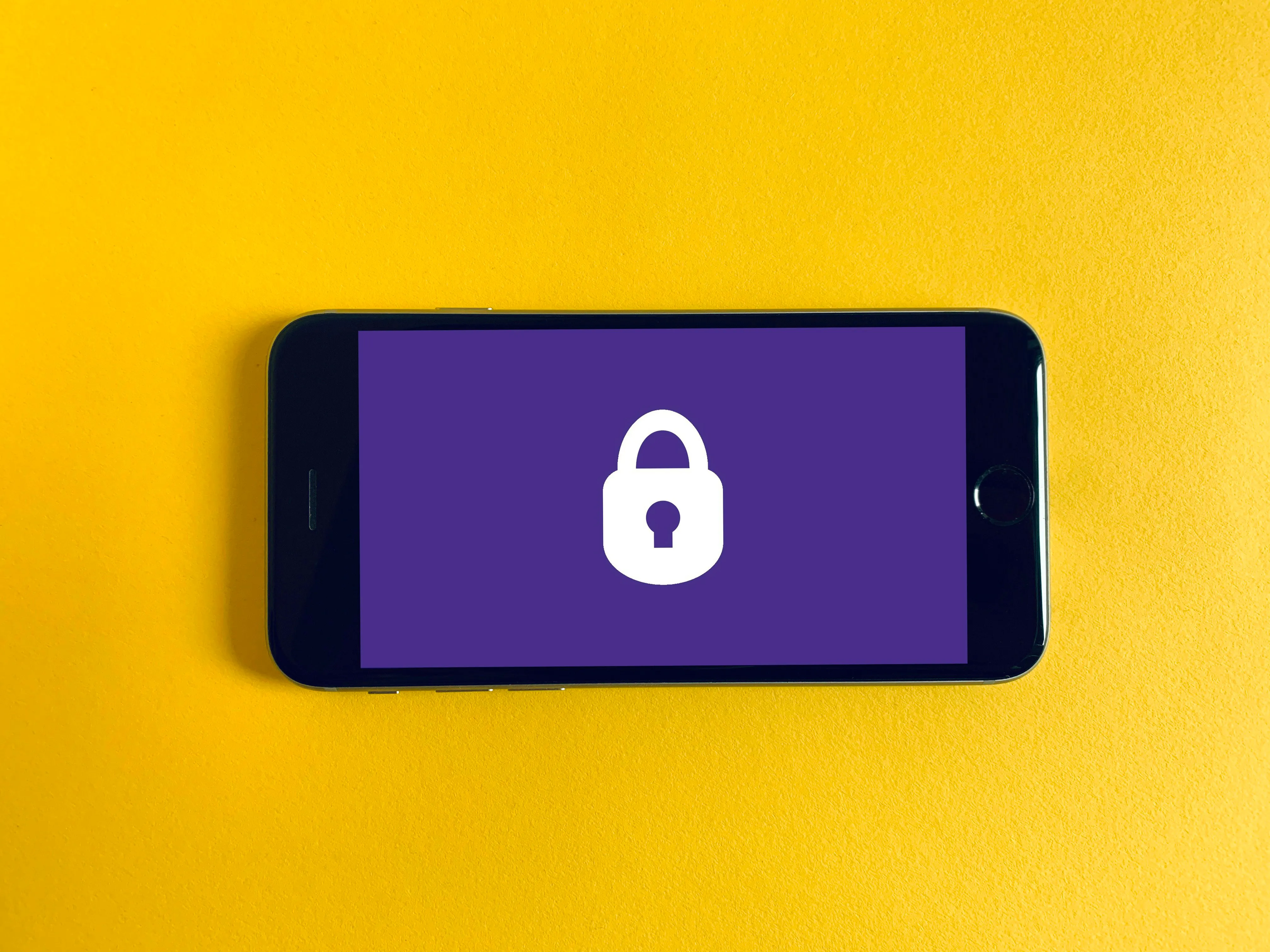
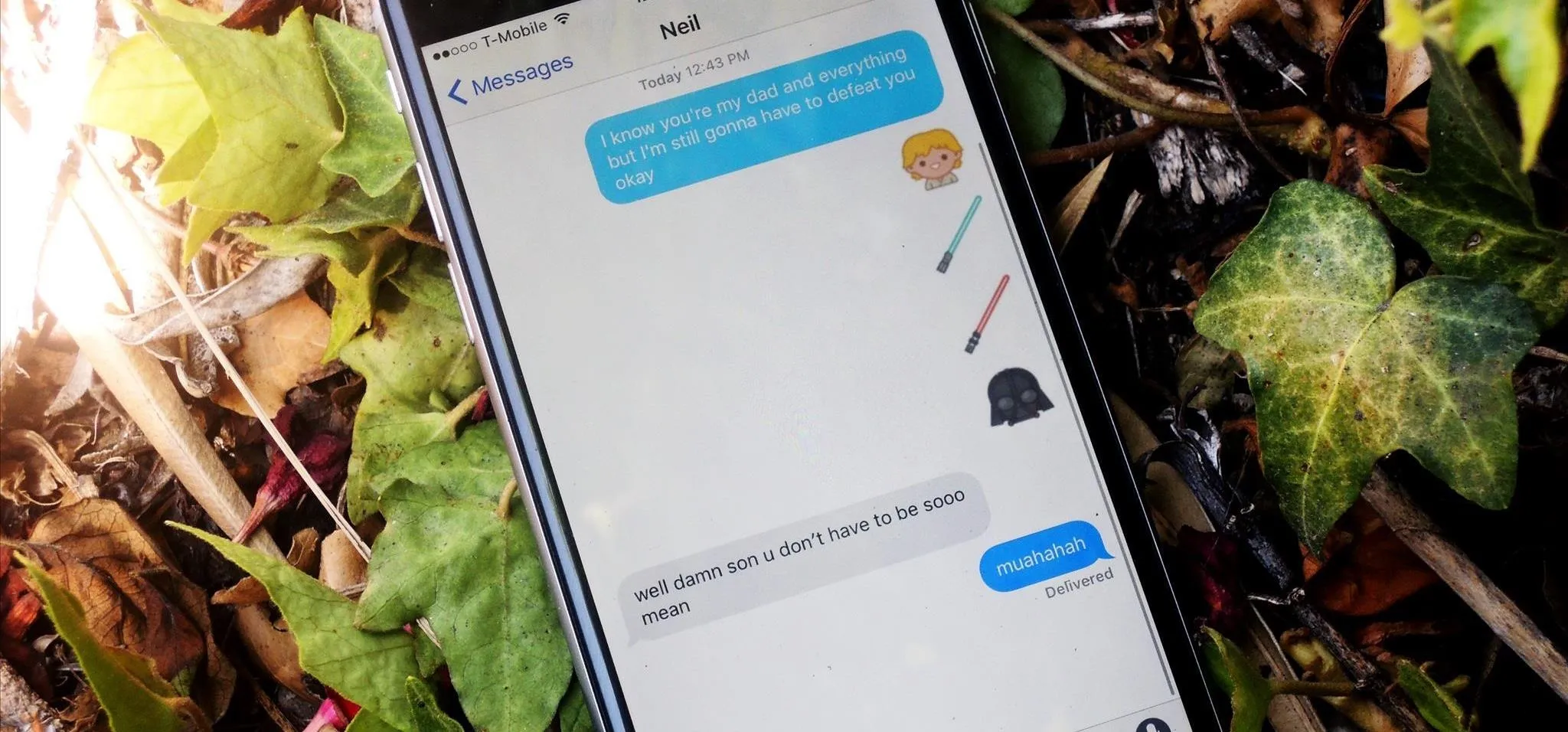
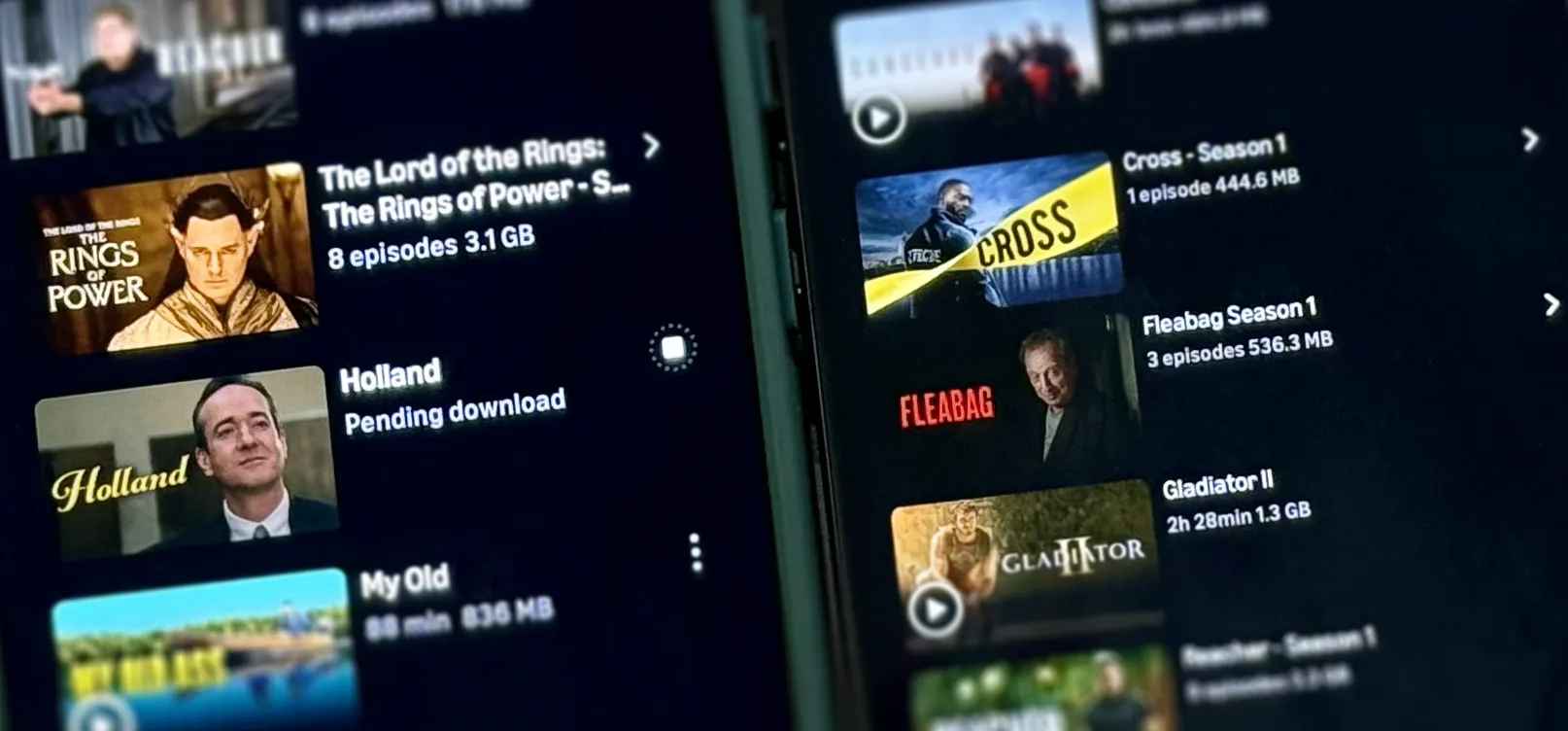

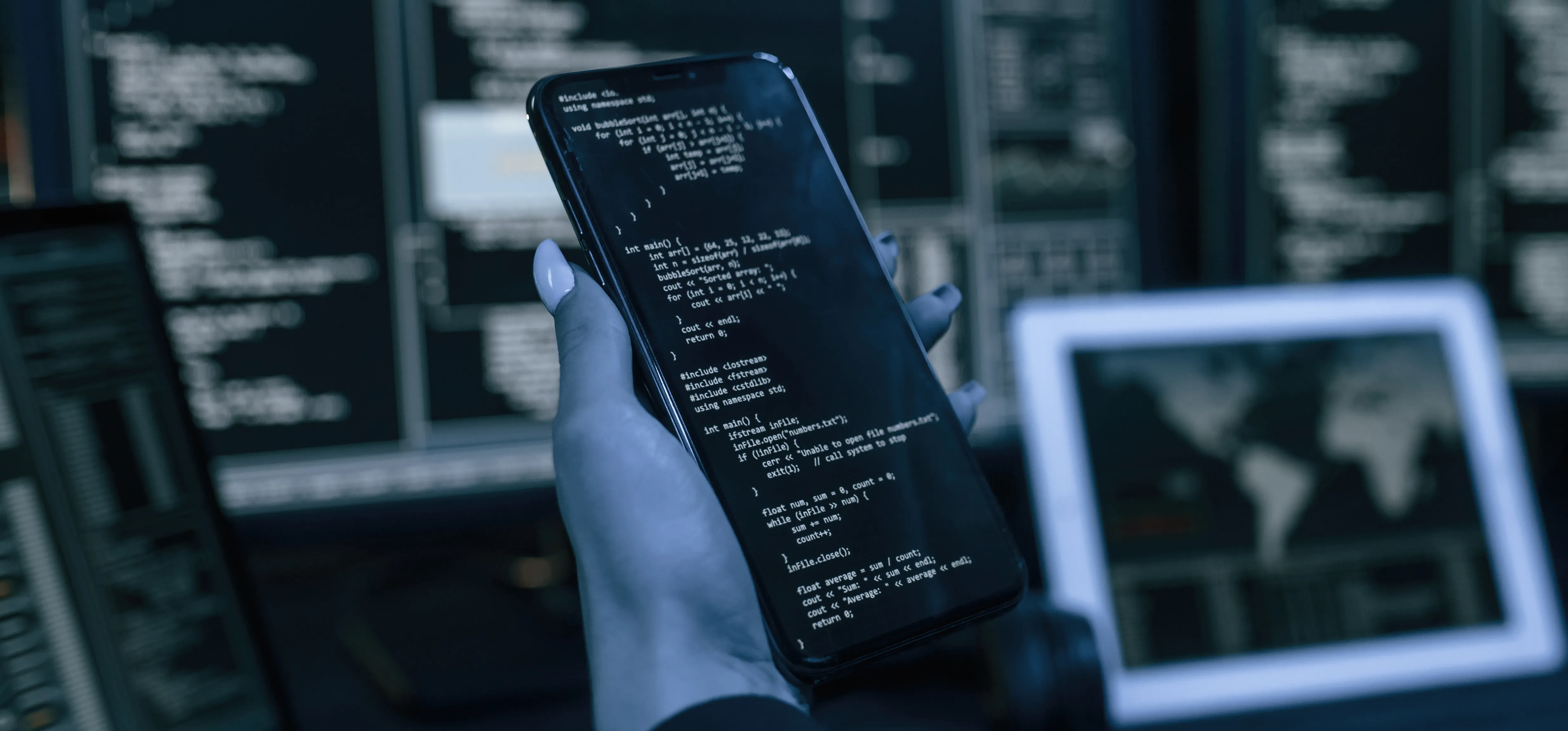

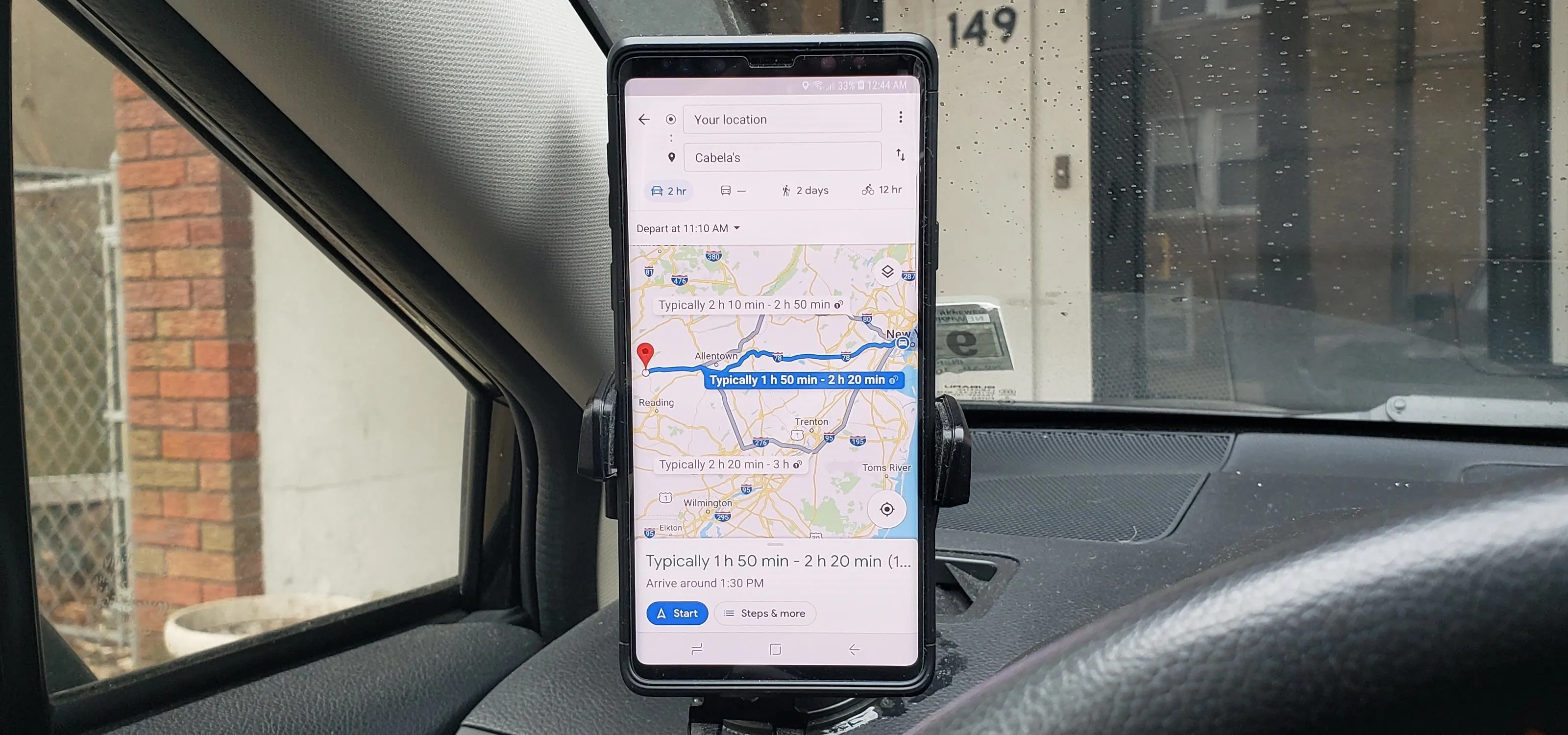
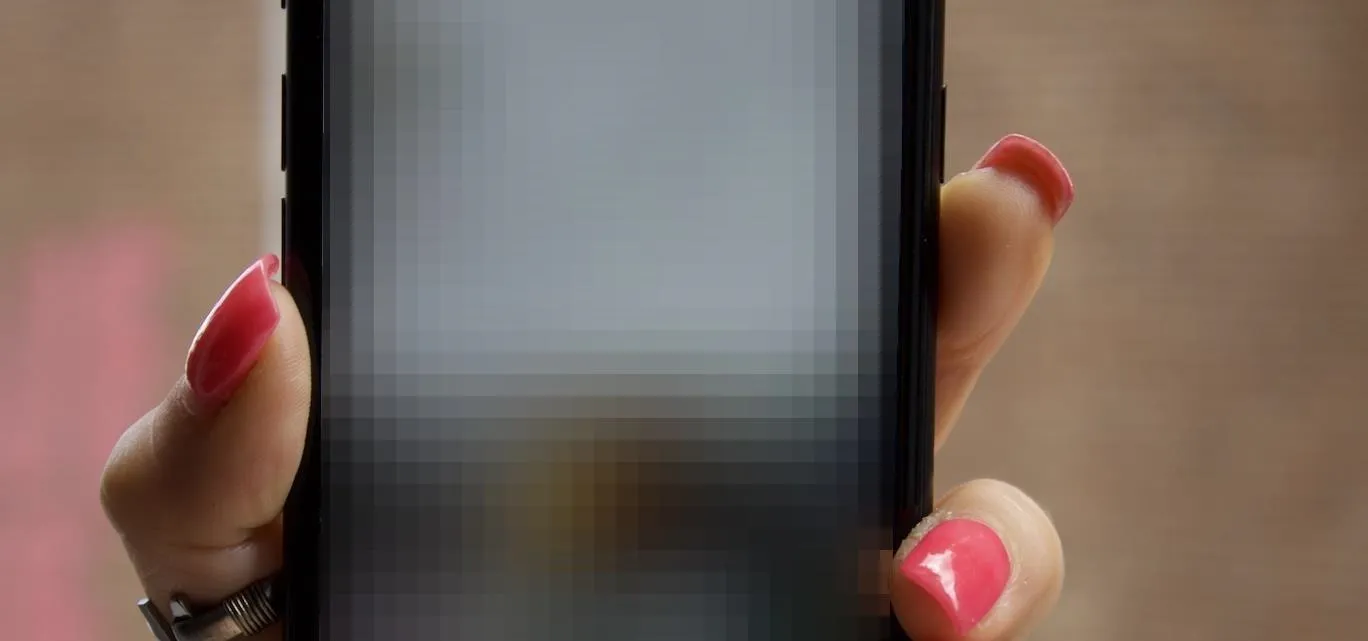

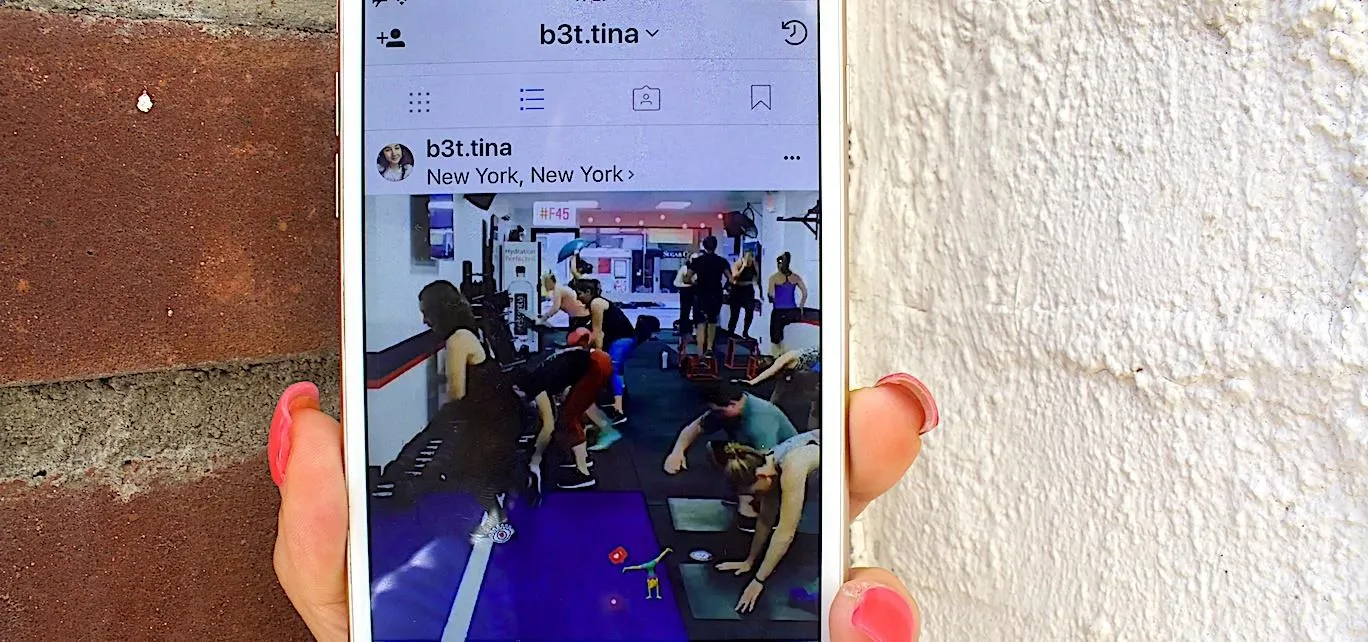
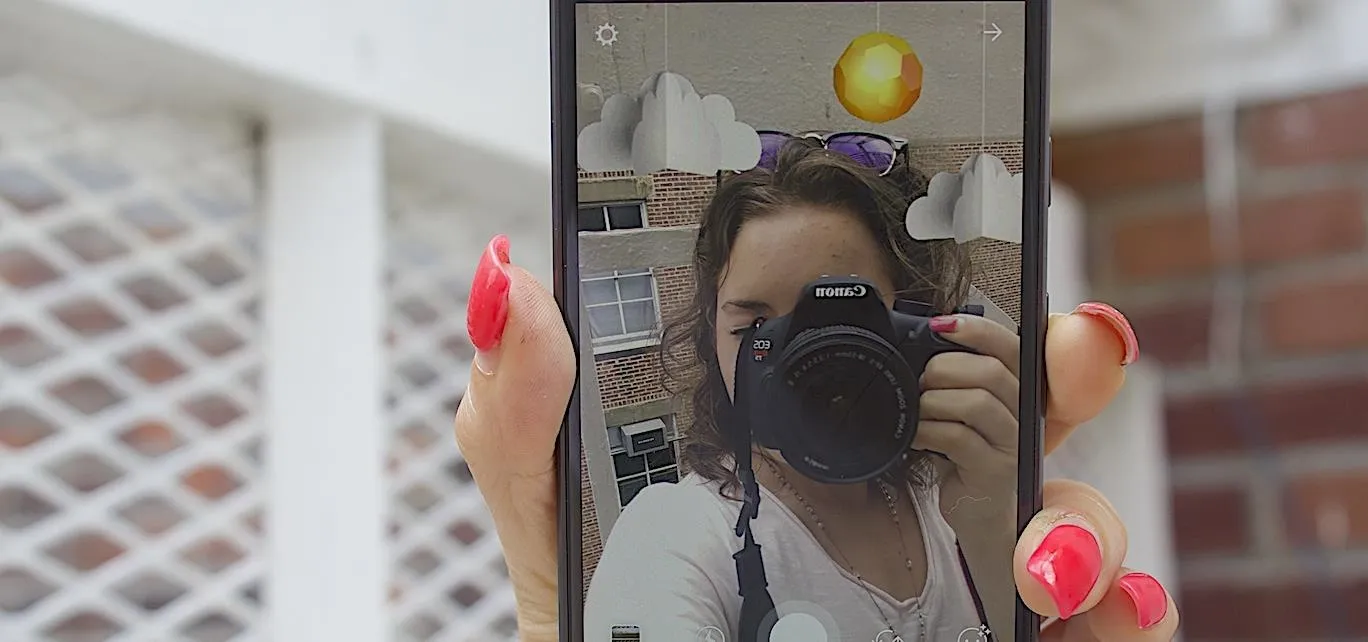
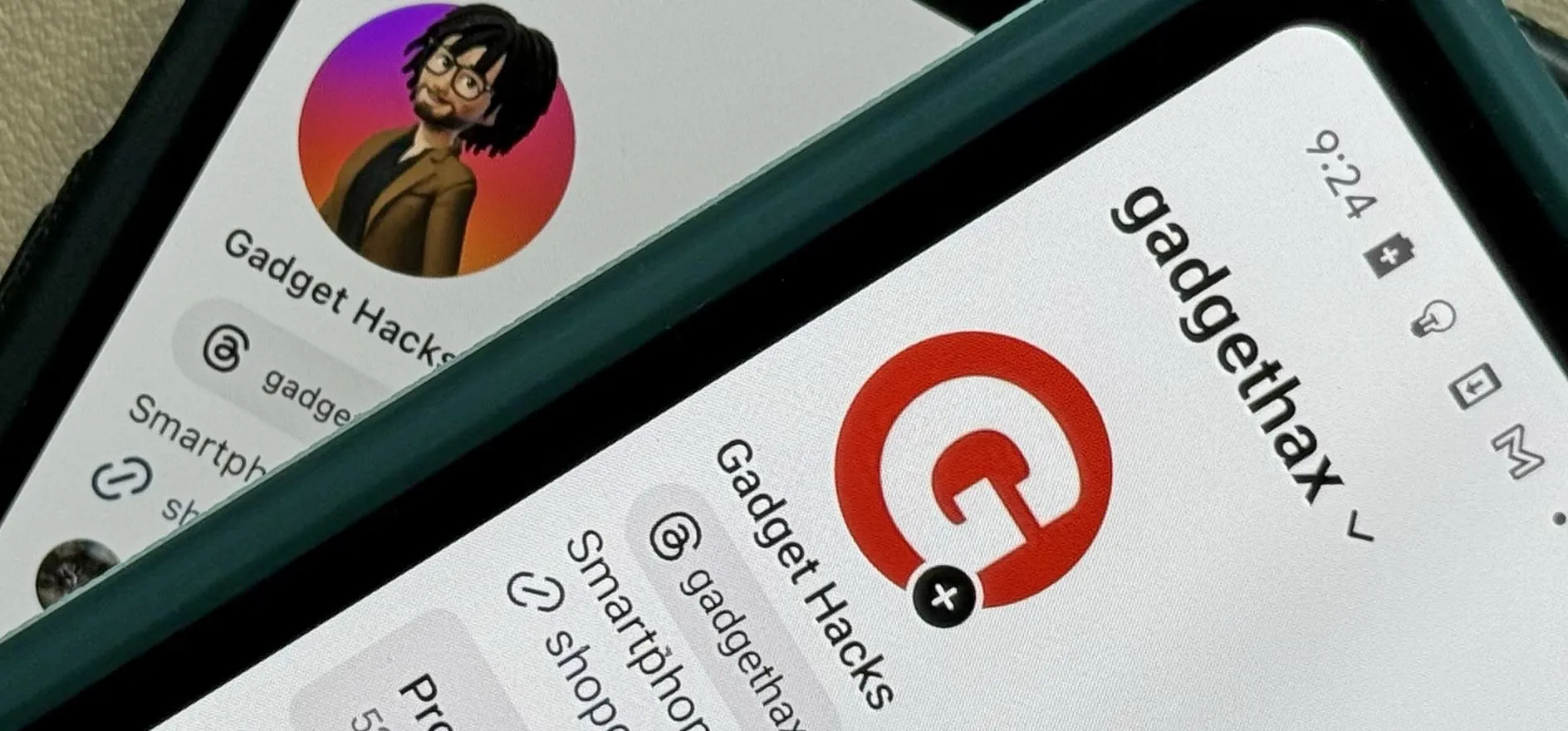
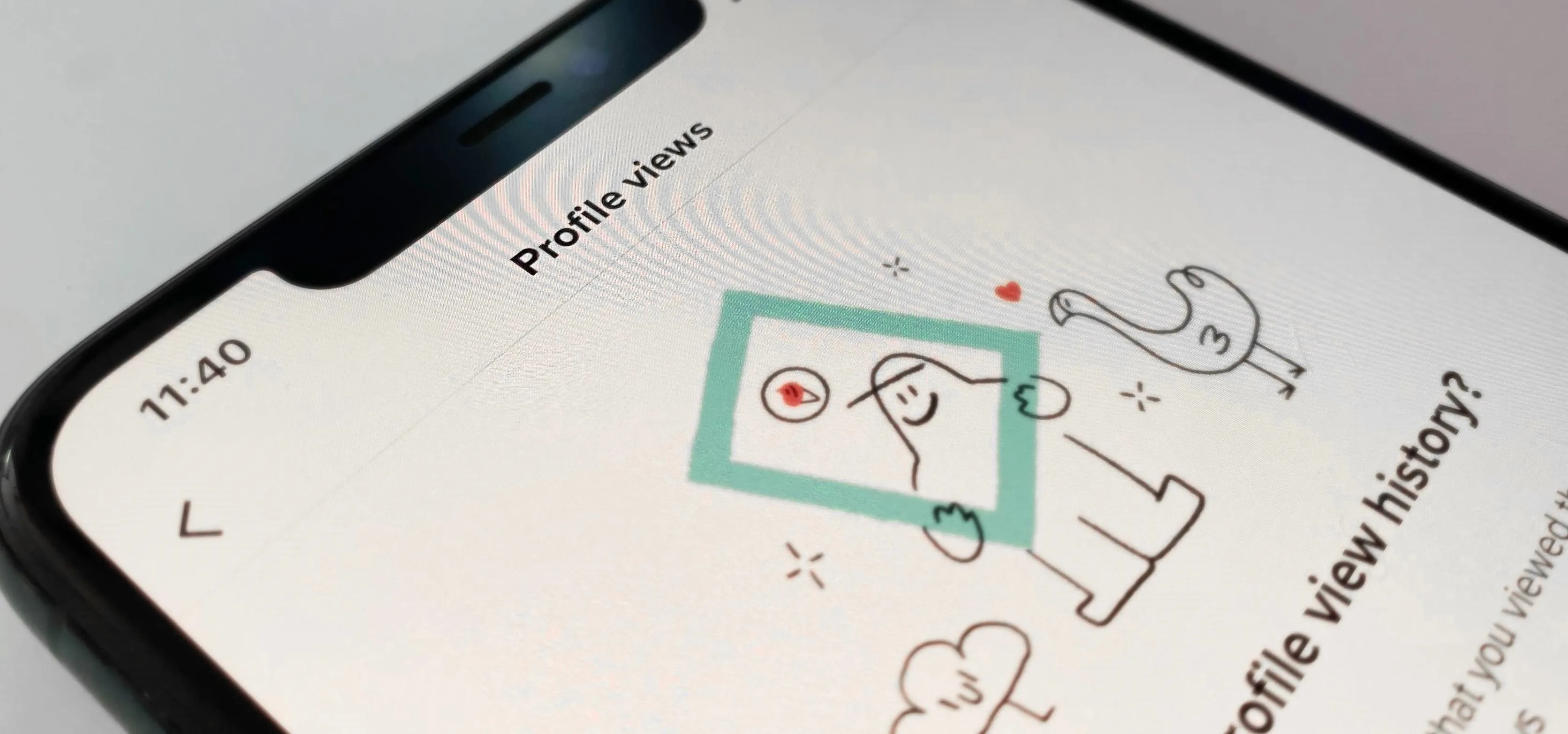
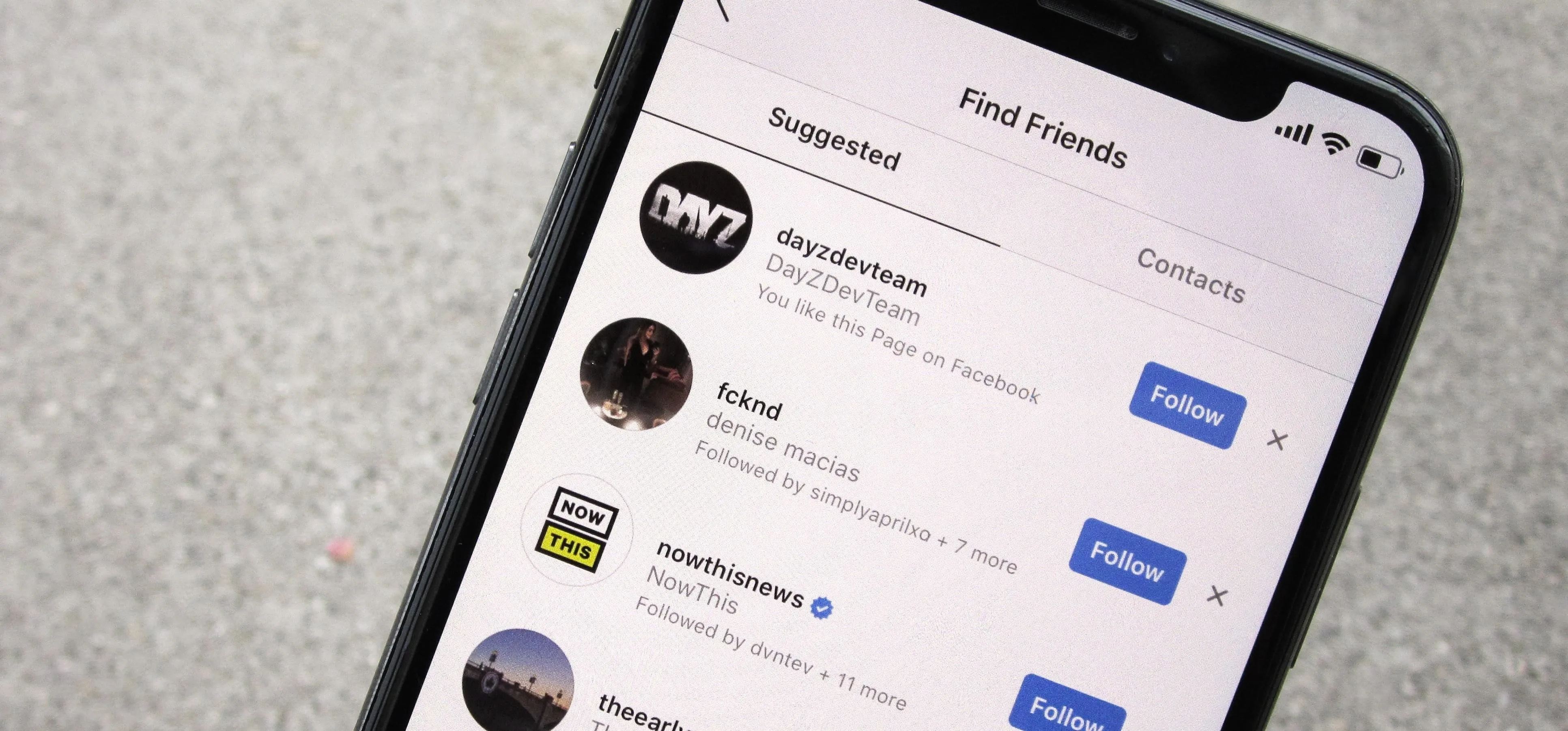
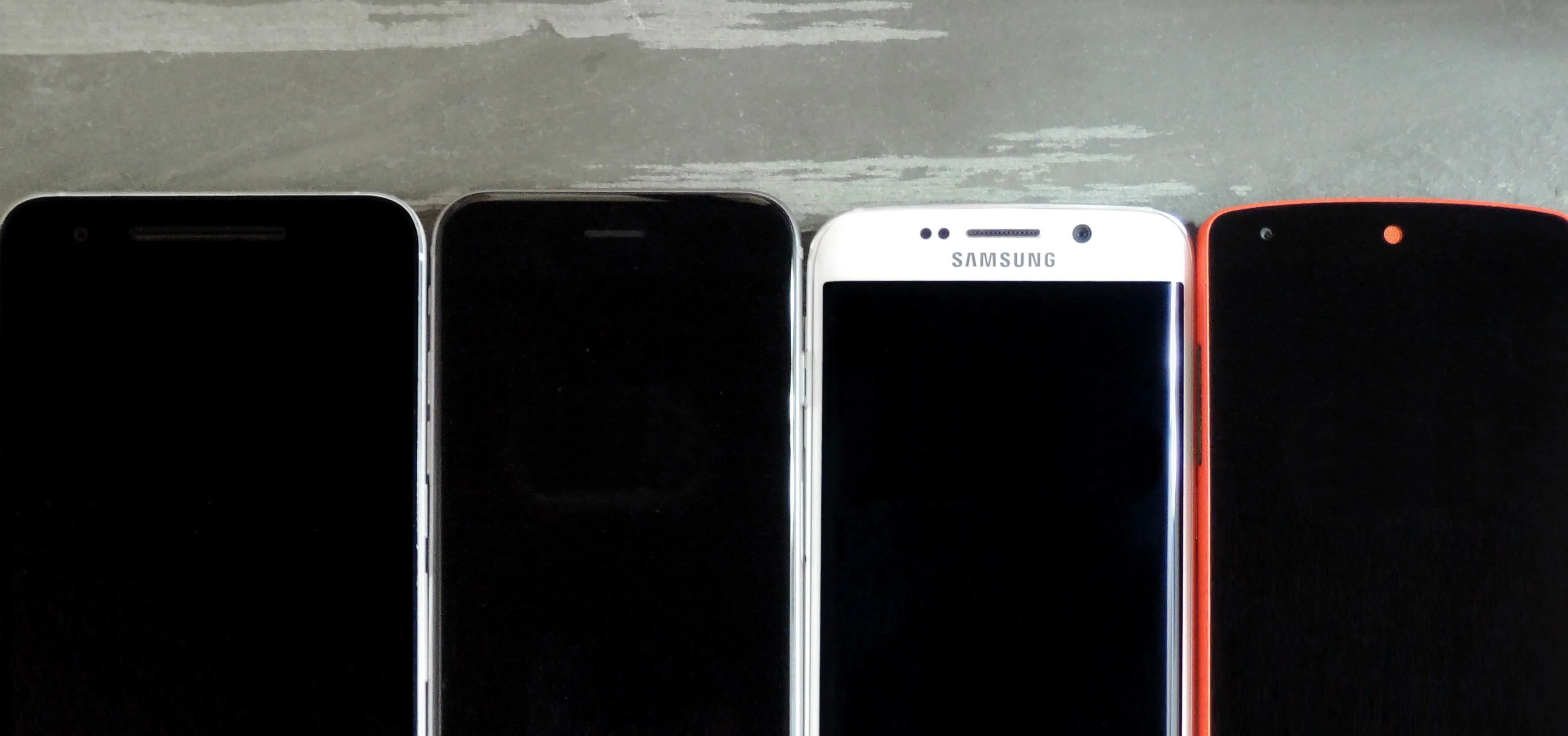
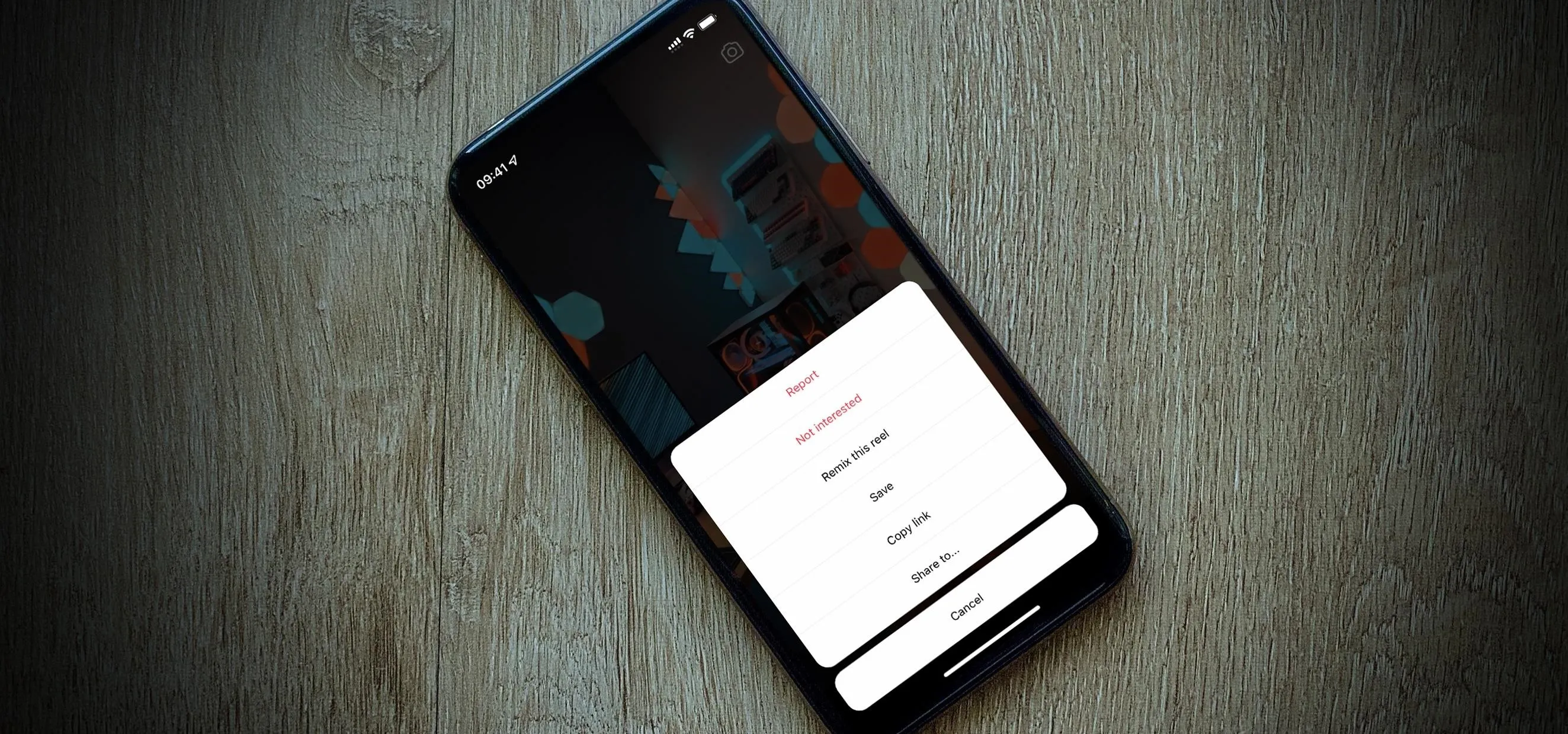
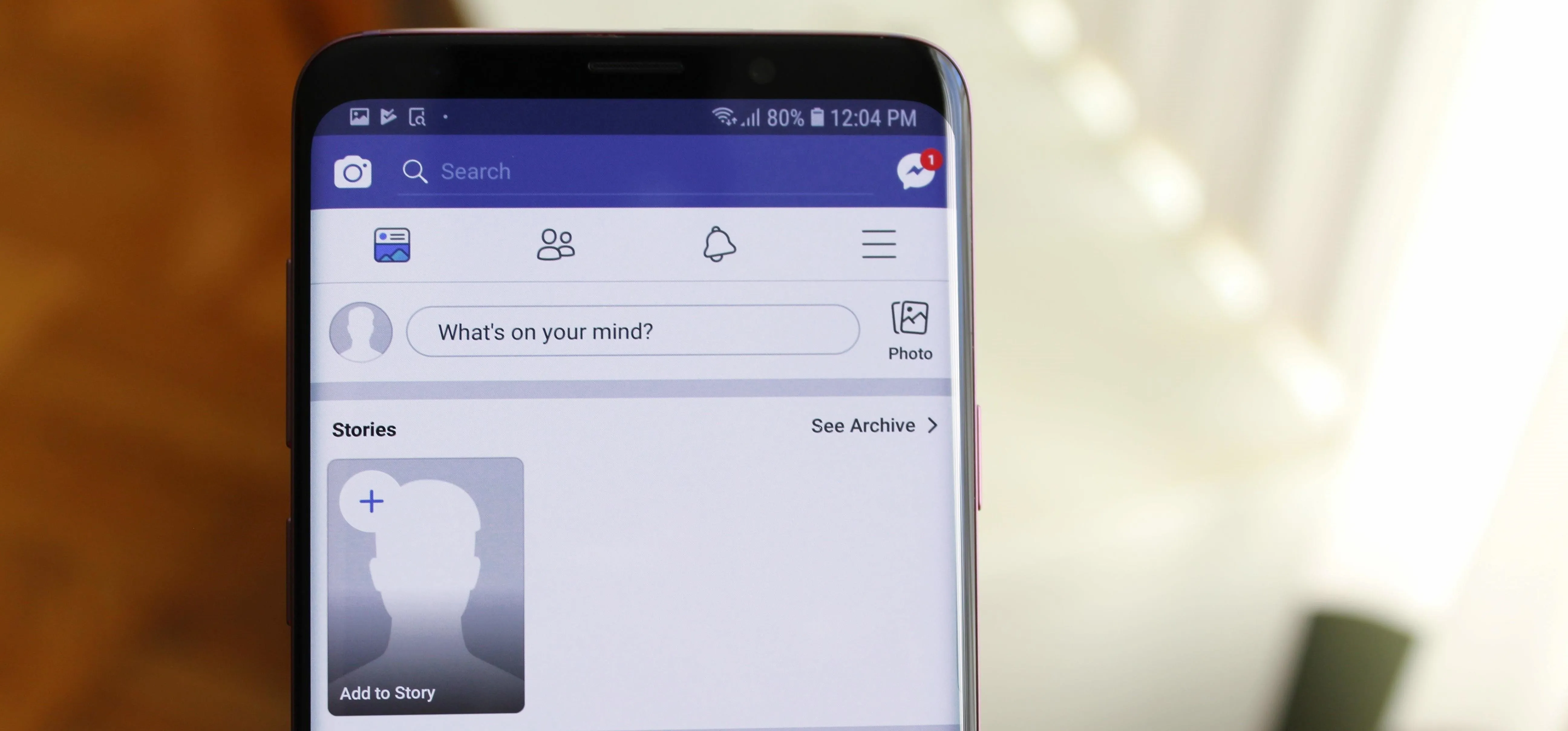
Comments
Be the first, drop a comment!